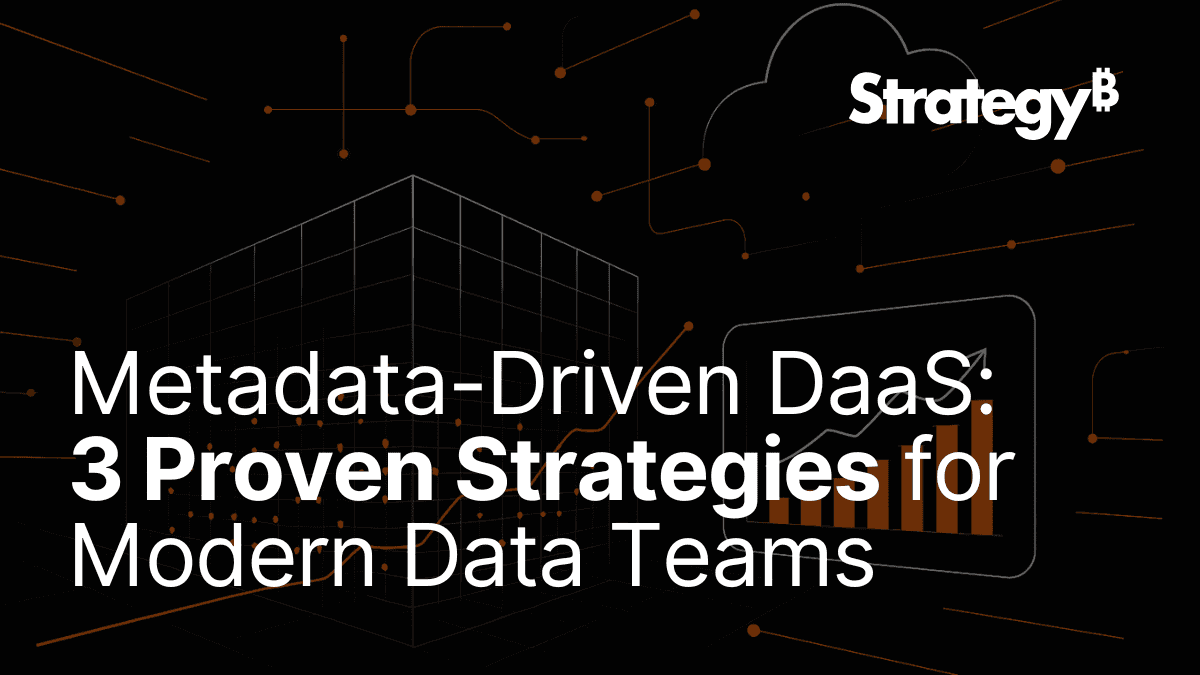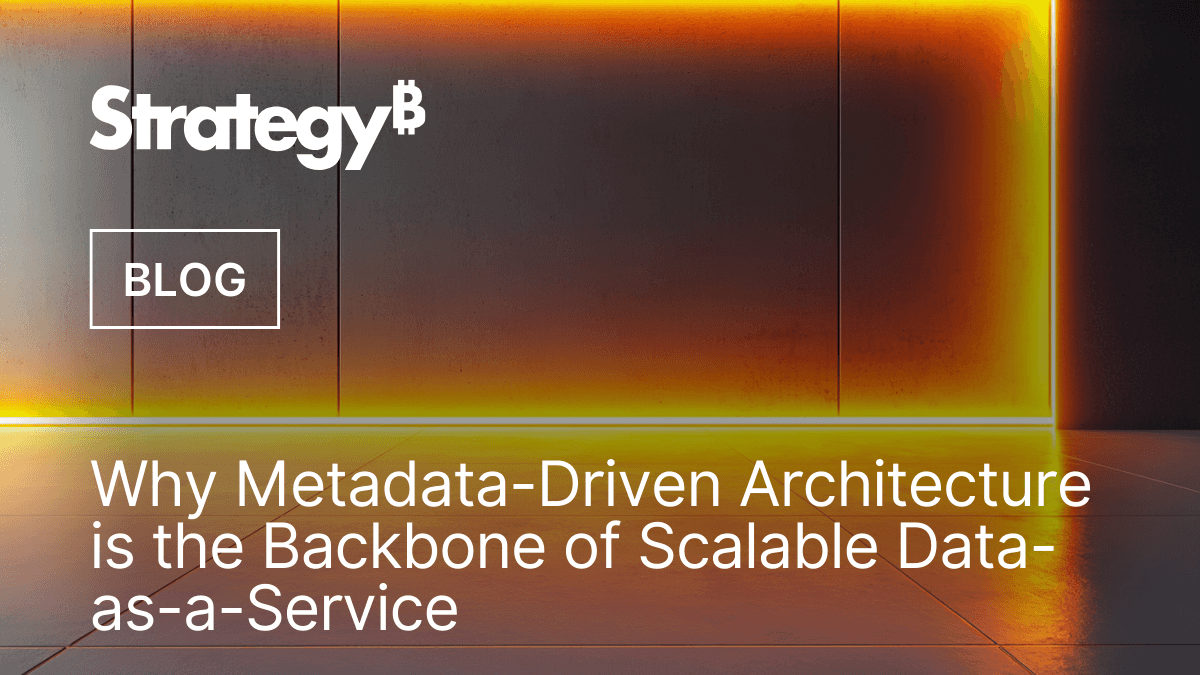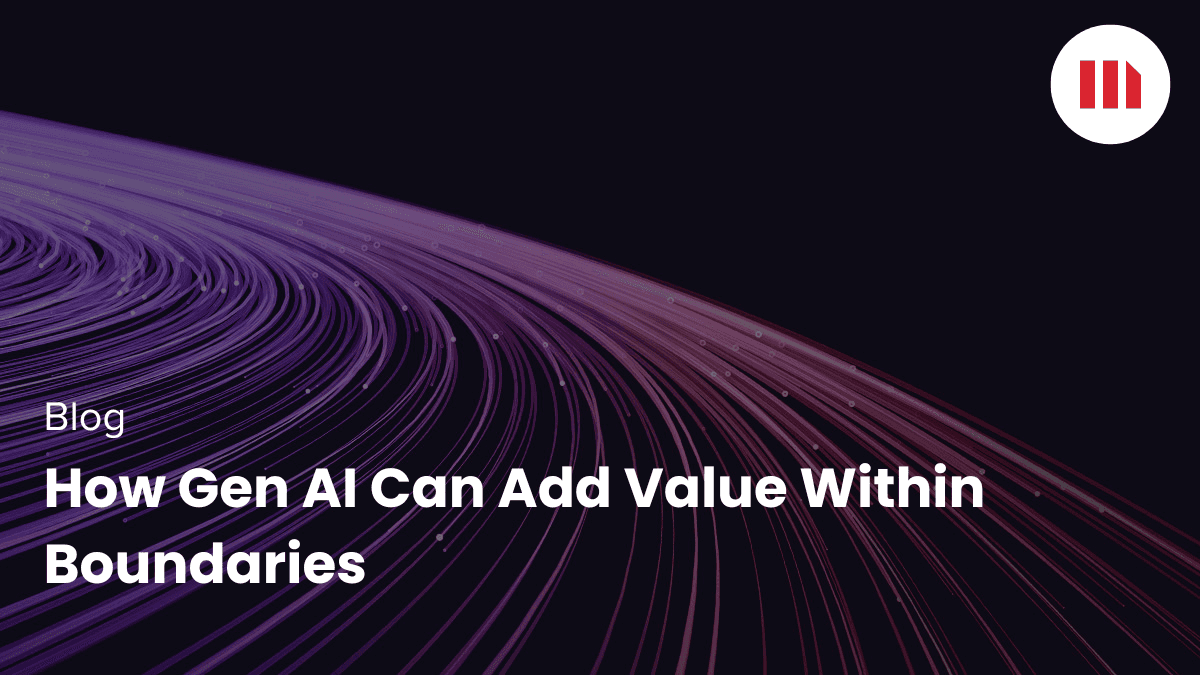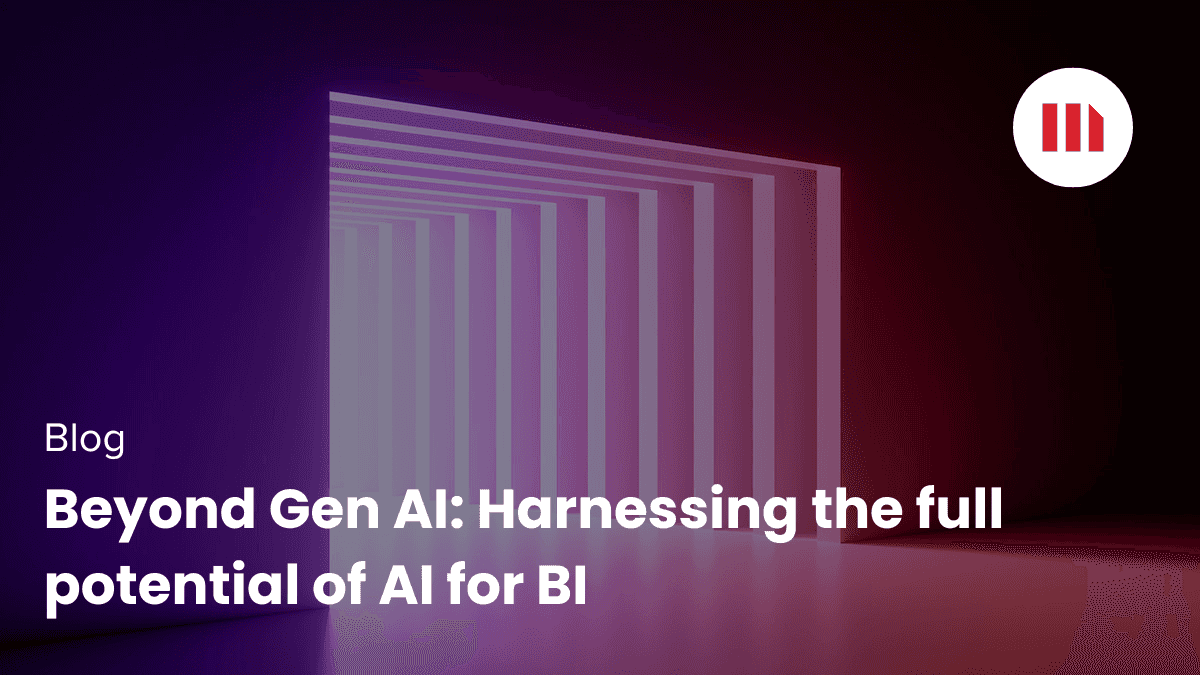Metadata vs. Data Catalogs: Why Metadata-Driven Architecture Is the Future of Data Fabrics
In the race to become data-driven, organizations often look to data catalogs as the solution for taming complex data environments. And while catalogs are a vital piece of the puzzle, they’re not the whole picture. The future of modern data fabrics lies in metadata-driven architecture—not just data catalogs.
As Forrester Research writes in its report, “Next-Generation Data Fabrics Need A Metadata Strategy,”
“Today’s data and data science approaches create an extensive semantic, logical, and physical footprint that platforms exploit to automate and scale intelligence.”
That footprint is made possible not by static catalogs, but by active, intelligent metadata that fuels automation, integration, personalization, and real-time insights.
What’s the Difference Between a Data Catalog and a Data Fabric?
A data catalog is often the first step toward data visibility. It’s designed to help users discover, understand, and govern data assets across the enterprise. Most catalogs focus on essential metadata elements—such as source, lineage, data type, and owner—and serve as a centralized index.
But while data catalogs describe what exists, metadata-driven architecture defines how everything works.
A data fabric goes far beyond indexing. It builds a semantic, logical, and physical representation of the entire data ecosystem—not only data assets, but also systems, pipelines, queries, events, and user behaviors. This makes it a foundational layer that can automate integration, optimize AI model performance, enforce governance policies, and personalize experiences.Where a catalog helps you find the data, a data fabric helps you use it—consistently, intelligently, and at scale.
Your Data. Supercharged in 30 Days.
Start your free trial of Strategy One Standard—where AI meets BI to deliver fast, secure, enterprise-ready insights.
Why Metadata-Driven Architecture Is the Future
The more complex your data landscape becomes, the more you need systems that can interpret, connect, and act on metadata dynamically. That’s where metadata-driven architecture shines.
Here’s what sets it apart:
Automation-Ready: Metadata is used to drive transformations, trigger events, and instruct machine learning workflows.
Composability: Architectures become modular and scalable, with metadata acting as the connective tissue between components.
Context-Rich Governance: Policies can be enforced with deeper insight into usage, sensitivity, and business meaning.
Interoperability: Metadata provides a common language across tools, clouds, and platforms.
It’s no longer enough to know what your data is. You need to know how it behaves, where it flows, who uses it, and how it contributes to outcomes.
Strategy’s Take: From Metadata to Intelligence
At Strategy, we’ve built our platform on the principle that metadata is the foundation of intelligence. Our Semantic Graph transforms static metadata into a living, interconnected model of your enterprise data — capturing relationships between data, systems, and users.
We’re also investing in auto-enrichment through our upcoming Auto model, which analyzes incoming data and automatically generates metadata. This simplifies onboarding, accelerates discovery, and ensures your metadata foundation is always up to date — without manual intervention.
Unlock Agility, Automation and Intelligence
Data catalogs are necessary — but they’re not enough. To unlock real agility, automation, and intelligence across your data fabric, you need to move beyond indexing and toward active metadata-driven architecture.
Read the full Forrester report “Next-Generation Data Fabrics Need A Metadata Strategy,” courtesy of Strategy.






